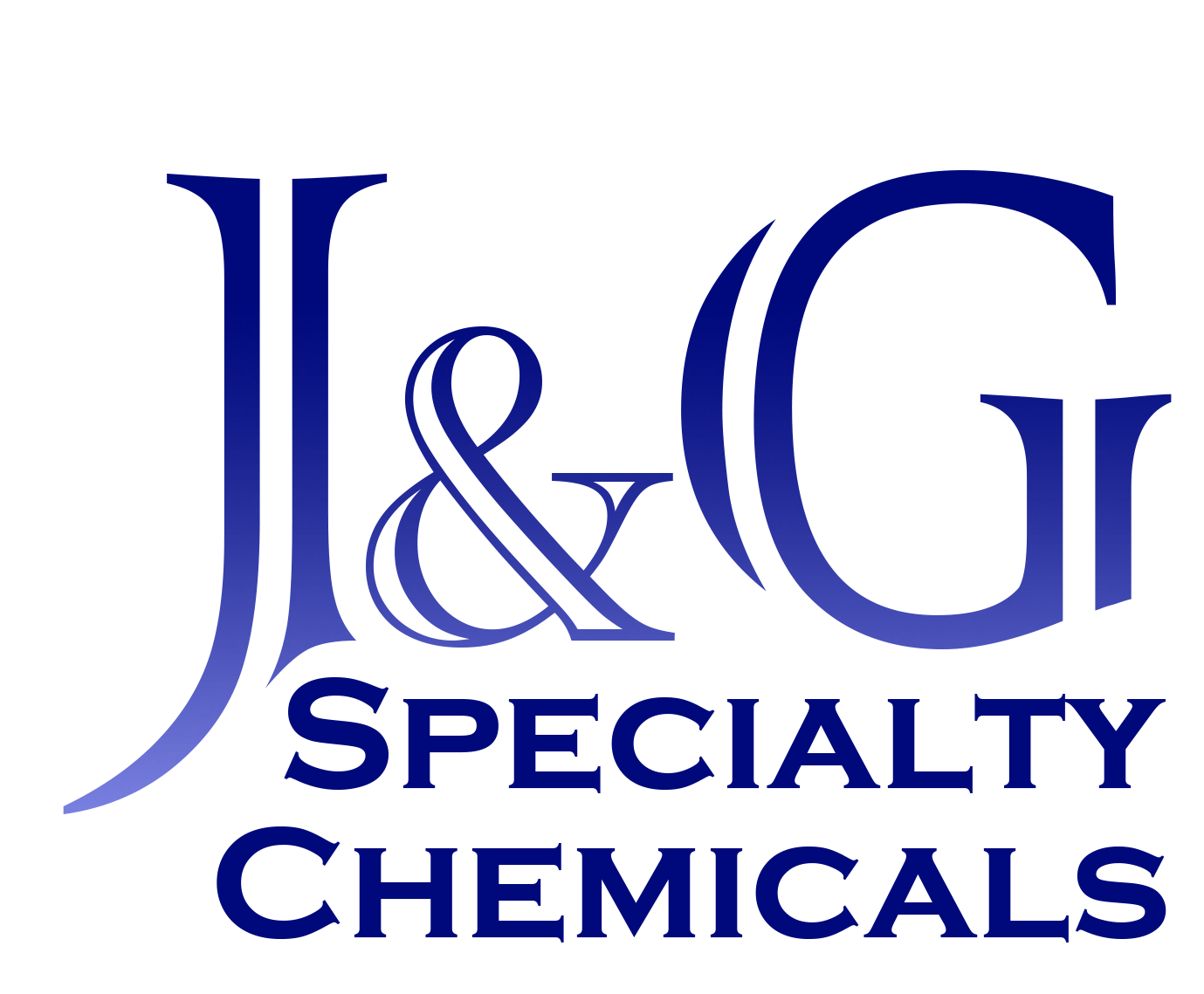De-nitrification is when facultative (common) treatment bacteria change nitrate (NO3) to (nitrogen gas (N), carbon dioxide (CO2), water and hydroxide (OH)). As part of this process, facultative bacteria remove oxygen from nitrates and nitrites for breathing, resulting in nitrogen gas being released into the atmosphere, while consuming organics for energy. Contrary to the slowness of nitrification, converting nitrate to nitrite is the fastest step.
One question that I have often heard is “how do I de-nitrify” when nitrification had not yet been established. The connection between nitrification and de-nitrification is not always obvious. For adequate de-nitrification to occur, a number of good environmental conditions; such as low dissolved oxygen (DO), sufficient hydraulic detention time, sufficient mixed liquor suspended solids (MLSS), sufficient organic load and sufficient mixing need to exist. One of process improvements from de-nitrifying a treated waste stream is increased alkalinity. This results from the nitrates being used as an oxygen source for facultative bacteria resulting in nitrogen and carbon dioxide gases, water and hydroxides. In regard to increased alkalinity, creation of hydroxides is a key by-product. Alkalinity increases even though there is some mild acidity resulting from the production of carbon dioxide.
Low dissolved oxygen concentration
Anoxic conditions, conditions where the DO is nearly zero, creates an environment where the facultative bacteria (bacteria that can utilize either free or combined oxygen depending on availability) will remove the combined oxygen from the nitrates, the next best oxygen source, due to it the unavailability of free oxygen. In tanks designed specifically for this purpose, there are usually mixers to keep the solids in suspension without adding any measureable amount of DO. However in tanks not designed for this purpose, air is added to the process, but only enough to keep the contents mixed without adding any appreciable amount of DO.
Sufficient hydraulic detention time
As with any biological process, hydraulic detention time process critical. Depending on the amount of nitrates to be removed an acceptable range for detention time is 3 to 5 hours. Hydraulic detention time requirements can change depending on a number of factors including temperature and biomass concentration. In areas where the water temperature routinely dip below 50o/10o degrees (Fahrenheit/Celsius) the de-nitrification process, as with nearly all biological processes, becomes stressed. In this case, lengthening the hydraulic detention time would provide some benefit but in most cases this is not an option reducing internal recycle or low dose side stream flow. Another more practical method of improving treatment is increasing the amount of microbes to do the work, which leads us to the next topic, MLSS concentration
Sufficient MLSS concentration
When considering the MLSS concentration, other factors are considered as well, such as hydraulic detention time, temperature, nitrate concentrations. Generally speaking, the operator has limited control over the aforementioned factors but has a high level of control over MLSS concentrations. It is important to note that as the MLSS concentration increases, it has the potential of creating an increased burden on secondary clarification as it will increase the volume of solids and/or sludge blanket. One method of controlling this condition is to make the solids in the clarifier more concentrated or compact. This can be accomplished in part by reducing the flow rate of the RAS, effectively reducing the flow through rate in the clarifier. Another method would be the use of a settling aid.
Sufficient organic load
Once you have the microbes in the MLSS available and nitrates for breathing, the missing piece is food or organic load. Providing an organic load can be accomplished using BOD5 contained in the influent or side stream flows from anaerobic digesters, dewatering, etc. or synthetic sources such as methanol, ethanol, acetic acid, glycerol, etc.
Oxidation Reduction Potential (ORP)
Another useful control parameter for de-nitrification is ORP. The operational range for ORP that provides adequate de-nitrification is -50 mV to +50 mV. This range is consistent with extremely low or non-existent DO concentrations.
Sufficient mixing
When de-nitrifying, mixing is an important part of the process. In this case the goal is to mix without adding any appreciable amounts of DO. Aeration of tank contents has two benefits; 1 – adding DO to the contents and 2 – mixing contents of the tank. As already stated, in the case of de-nitrification our interest lies with mixing only. With that being said we are willing to give up some of the mixing for a reduction in the amount of DO added to the tank which is a good trade since the more substantial mixing that occurs with greater aeration is not necessary for this part of the treatment process.
Alkalinity Recovery
The de-nitrification process has a beneficial side effect, partial alkalinity recovery. For every mg/L of nitrate that we de-nitrify we gain about 3.57 mg/L of alkalinity.
Calculation:
Effluent Nitrate mg/L – Target Nitrate mg/L = Nitrate to be removed
Nitrate to be removed X 3.57 mg/L Alkalinity = Alkalinity Recovered
Example:
Effluent Nitrate (30.4 mg/L) – TargetNitrate (0.50 mg/L) = Nitrate (29.9 mg/L)
Nitrate (29.9 mg/L) X Alkalinity (3.57 mg/L) = Alkalinity (106.74 mg/L)
When fully de-nitrifying the total amount of nitrates created by the nitrification process we are able to get about half of the alkalinity used back. In simpler terms when we nitrify 1 mg/L of ammonia we lose about 7. 14 mg/L of alkalinity and when we de-nitrify 1 mg/L of nitrate we gain about 3.57 mg/L of alkalinity making the net difference a loss of 3.57 mg/L of alkalinity.
De-nitrification reduces demand of 2.86 mg/L of oxygen for oxidation of influent BOD5. This works when the influent load is used to supply organics necessary for de-nitrification.

